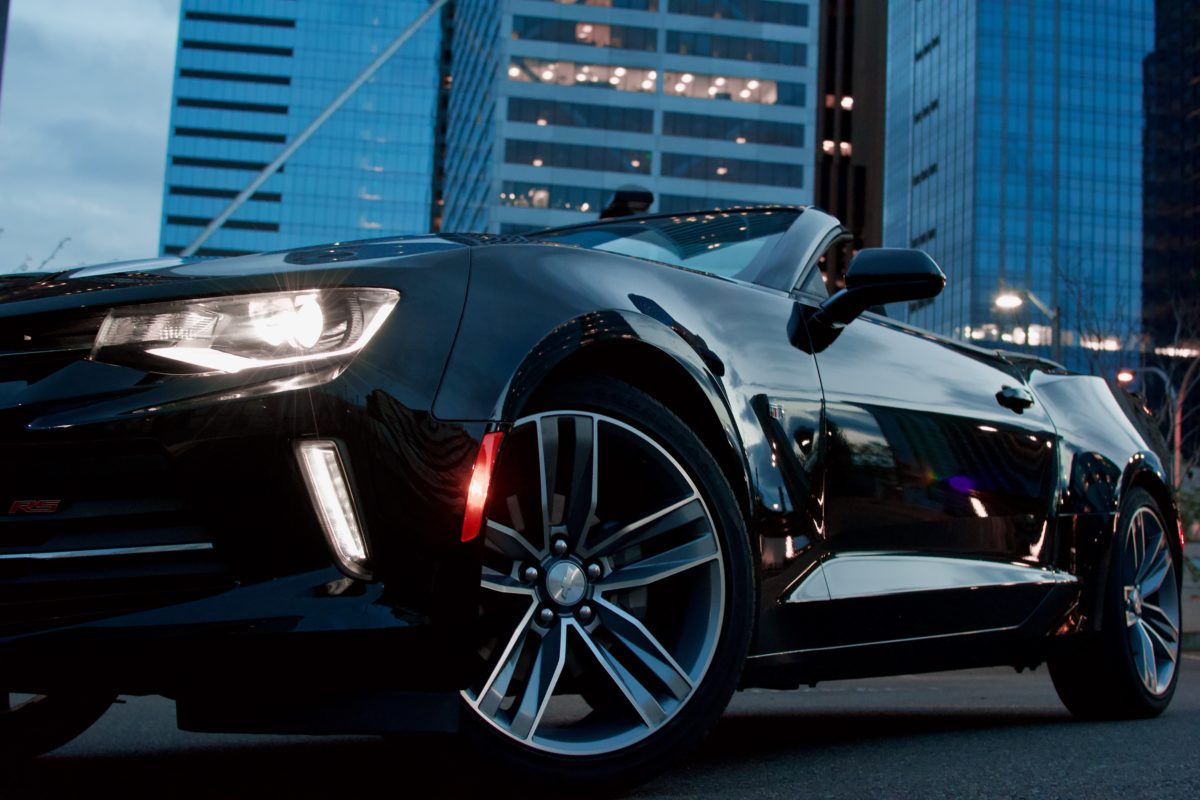You should test drive every car you’re considering buying. This isn’t just a matter of making sure the vehicle works. It gives you an idea of how the vehicle handles and how the car performs. However, that only happens if you do things right. Here are a few tips for those preparing for a test drive at a reno dealerships used cars.

Schedule an Appointment
Schedule the test drive with the dealership and tell them which car you want to reserve. This demonstrates that you’re a serious buyer. It also forces them to reserve the car you’re considering buying for a test drive. Then you won’t buy a used car with problems based on the positive outcome of a test drive with a different vehicle.
Ideally, you should pick a day for just test driving. Test drive several cars in the same day. This gives you an excuse to leave the dealership instead of being pressured into a sale. It also prevents you from becoming enamored with a specific car, especially if you saw it for the first time that day.
Get Your Paperwork in Order
Bring your own photocopies of your driver’s license. This doesn’t just save them time. It reduces the risk of your driver’s license being copied by identity thieves. Don’t forget to bring a copy of your insurance card.
Plan Your Route
A test drive around the parking lot or around the block won’t tell you how the car performs on the highway onramp on in heavy traffic. Plan a test drive that takes you on city streets and highways, so that you can test it in a variety of traffic conditions. Ensure that you can take it up to highway speeds long enough to know what you think of the road noise.
Drive It Long Enough to Get a Real Feel for Its Performance
A test drive starts at the used car dealership and it will end there. Drive the car long enough to see if warning lights come on after 15 minutes of engine run-time. Test the brakes several times. Accelerate and decelerate a number of times on the highway to see what its overall performance is like. This allows you to overcome a potential glitch early in the test drive and prove whether the problem is systemic. For example, you’ll find out if the steering wheel or other parts vibrate too much once you’ve driven it for a while or the car makes extra noises after the engine has warmed up. However, if you have problems getting in and out of the car, there’s no need to go for a long test drive because it already fails your most basic test.
Test the Safety Features
Does the car have features like lane keeping and turn assist? Try to find ways to test these features without putting yourself in danger. You want to verify that these features do work and that they function in a way you won’t find troublesome if you own the car.
Check the Car
When you get back to the dealership, inspect the vehicle. Are there unusual fluid leaks? You can expect condensation dripping from an air conditioner, but there shouldn’t be anything else dripping from the bottom of the car.
What do the tires look like? Car dealerships may inflate the tires before you go for a drive, but they’ll deflate faster than usual on a normal test drive if there’s something wrong with them.
Facebook Comments